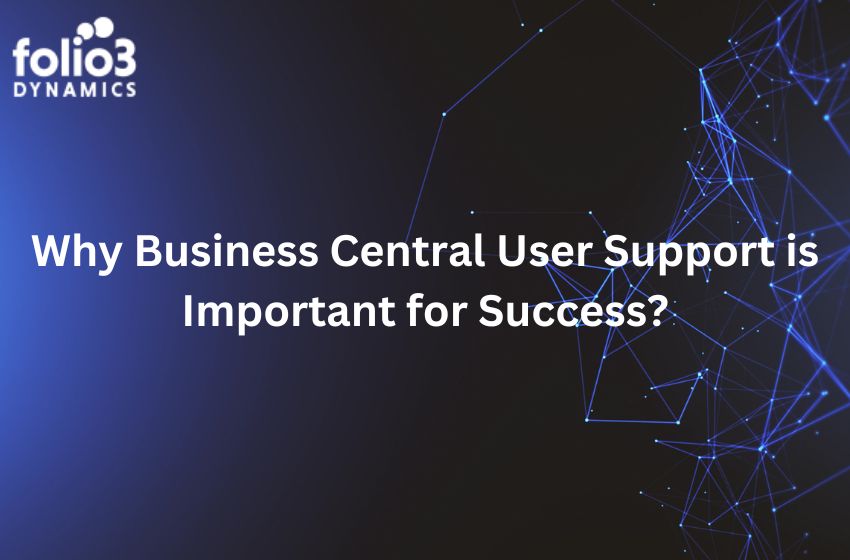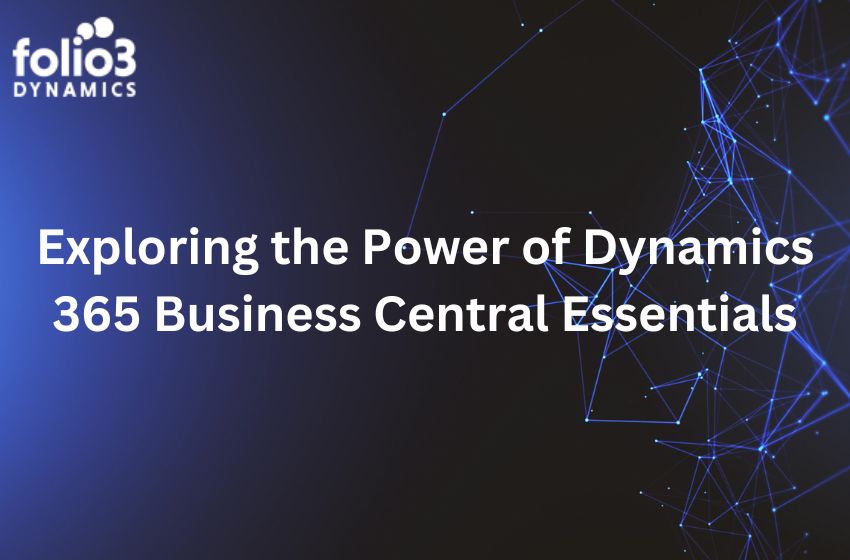Wouldn’t it be wonderful if you could get clients to discover your goods or services, use them once, and then stick with you forever?
It’s the goal of every company to draw in new clients, give them the best products and services possible, and develop a bond with them that leads to years of recurring business. But to get there, you need to have a customer lifecycle management strategy in place in addition to having excellent intentions.
We are all aware that in the actual world, things don’t quite work that way. To increase and keep a client base, a business must provide exceptional products, outstanding customer service, and a dedication to managing the customer life cycle.
The Customer Lifecycle: What Is It?
The process through which potential customers learn about a product, buy it from a firm, and, ideally, remain a client for a long period is referred to as the customer lifecycle. Reach, Acquisition, Conversion, Retention, and Loyalty are the five steps that make up the process.
Customer Lifecycle Management: What Is It?
The path your consumers undergo to become your customers and engage with your business is referred to as the customer lifecycle. Customer lifecycle management, also known as CLM, is the process of monitoring and evaluating each stage of the customer’s lifetime, associating metrics with each one, and gauging the performance of your company using those metrics.
No matter what product or service your company offers, most customers do the same actions. You may get a better understanding of how your company performed at each stage of the client’s lifecycle by taking the time to study these stages.
Why is managing the customer lifetime important?
Customer satisfaction is essential to a business’s growth and prosperity. Instead of concentrating on one-time deals, companies’ sales, marketing, and customer support teams work to build solid long-term relationships with clients. They provide great usability, a smooth user experience, and other advantages to convert one-time purchases into devoted patrons. Building relationships that benefit both you and your consumer is essential if you want to boost conversions, boost sales, and win over repeat business. Client lifetime value is something that specific divisions of your business should be concerned with since it shows how much money you can make from a single customer.
Now that you are aware of its significance, it is time to outline some of the primary advantages of this procedure.
Benefits of Customer Lifecycle Management
Brands may improve several aspects of their operations that affect sales volume and income by enhancing the customer experience and customer happiness. Customer lifecycle management turns become a valuable resource for sales, marketing, and customer service teams. This information aids in meeting customer expectations, assisting and supporting customers, and eradicating issues that arise during the customer’s lifetime. Better client acquisition, greater conversions, and retention are ensured by teams who have strong relationships with their customers.
You might see an increase in sales and company profitability after you establish solid ties with your clients. Customers will advocate your business for free if they are happy with your customer onboarding, customer service, website usability, and user experience. Customers may become terrific word-of-mouth ambassadors and assist you in growing your clientele. Your sales and earnings will increase consequently.
Your business has a competitive edge when your team manages each step of the client experience and pays attention to areas that require improvement. Customer lifecycle management gives you the ability to remain on top of trends and outperform the competition. The ability to gather all of your data in one location and take action on it is the largest benefit.
Let’s go into more depth about what it looks like at each stage of the process below. The customer lifecycle is useful for seeing how your customers behave.
Stage of the customer lifecycle
As previously discussed, there are five stages in the customer lifecycle: reach, acquisition, conversion, retention, and loyalty. The customer lifecycle, while like the buyer’s journey, also considers the customer’s experience, or what occurs after a prospect makes a purchase.
We’ll go through each of these phases one at a time.
Reach
In the first stage, a buyer learns about your service through effective advertisements or independent studies into a problem or issue they have to solve. To get your brand in front of your target market, you must use SEO, social media marketing, and other marketing initiatives. This stage is considered successful when prospective consumers gets in touch your company for more information.
Acquisition
A potential customer is converted into a lead during the acquisition phase. During this stage, a customer contacts your company by call, mailing, web chat, or by using your website. At this point, the goal is to maintain your consumer’s interest in your company by offering them information, live service, or possibly even discounts. Your goal should be to persuade them that your company is the answer to their problems.
Conversion
During the conversion stage, a prospect becomes a paying customer, but your work is not finished. Following a consumer’s purchase, you should begin laying the groundwork for prospective customer retention and loyalty. It is critical to make your customers’ shopping experience as effortless and simple as possible. Provide as few steps as possible among adding a product to a basket and the customer receiving it. Clear pricing, details on returns and refunds, and clear cost are also important considerations.
Retention
Retention, one of the most important stages in your customer’s lifecycle, involves converting an initial transaction into a relationship. If you pay attention to the retention stage, you can be confident that your customers will stick to your brand for future purchases.
Commitment
The final stage of customer lifecycle management may be the most important factor. Word-of-mouth marketing works, and transforming a one-time purchaser into a dedicated loyal customer is far more impactful than spending loads of money on social media advertisements. Brand loyalty spreads beyond a single repeat or lifelong customer to include purchases by that consumer’s friends and family.
Conclusion:
Each client moves through the customer lifecycle’s five stages. The customer lifecycle may appear to be a random process, but you can influence it by evaluating your existing performance, starting lifecycle marketing initiatives, and employing the appropriate technologies at each stage. To build a devoted client base and experience exponential growth in your firm, use customer lifecycle management.








